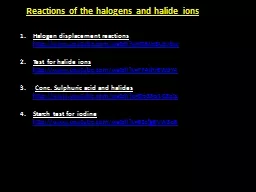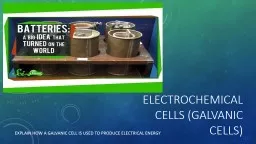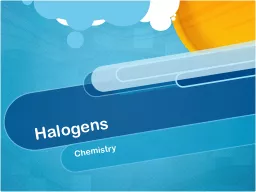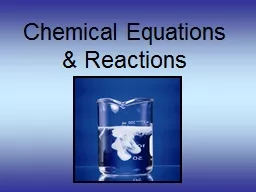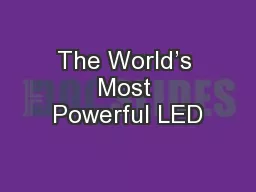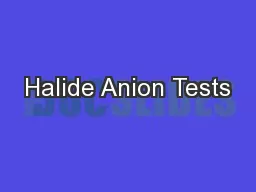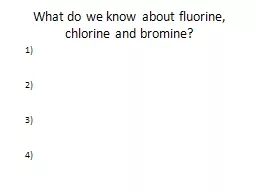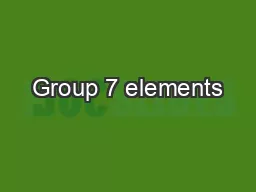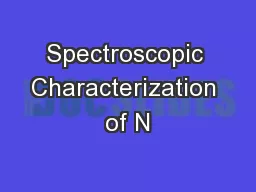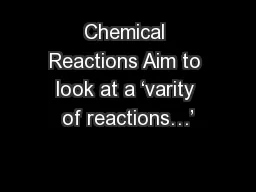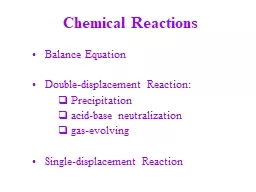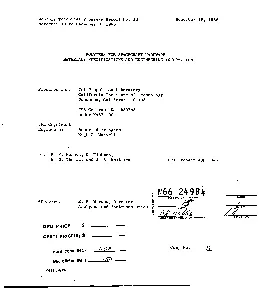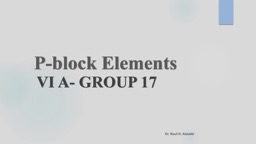PPT-Reactions of the halogens and halide ions
Author : kittie-lecroy | Published Date : 2016-07-19
Halogen displacement reactions httpwwwyoutubecomwatchvY06IoBUeVbw Test for halide ions httpwwwyoutubecomwatchv7F4JhrBWdY4 Conc Sulphuric acid and halides httpwwwyoutubecomwatchvOoS3q1C8zts
Presentation Embed Code
Download Presentation
Download Presentation The PPT/PDF document "Reactions of the halogens and halide ion..." is the property of its rightful owner. Permission is granted to download and print the materials on this website for personal, non-commercial use only, and to display it on your personal computer provided you do not modify the materials and that you retain all copyright notices contained in the materials. By downloading content from our website, you accept the terms of this agreement.
Reactions of the halogens and halide ions: Transcript
Download Rules Of Document
"Reactions of the halogens and halide ions"The content belongs to its owner. You may download and print it for personal use, without modification, and keep all copyright notices. By downloading, you agree to these terms.
Related Documents

